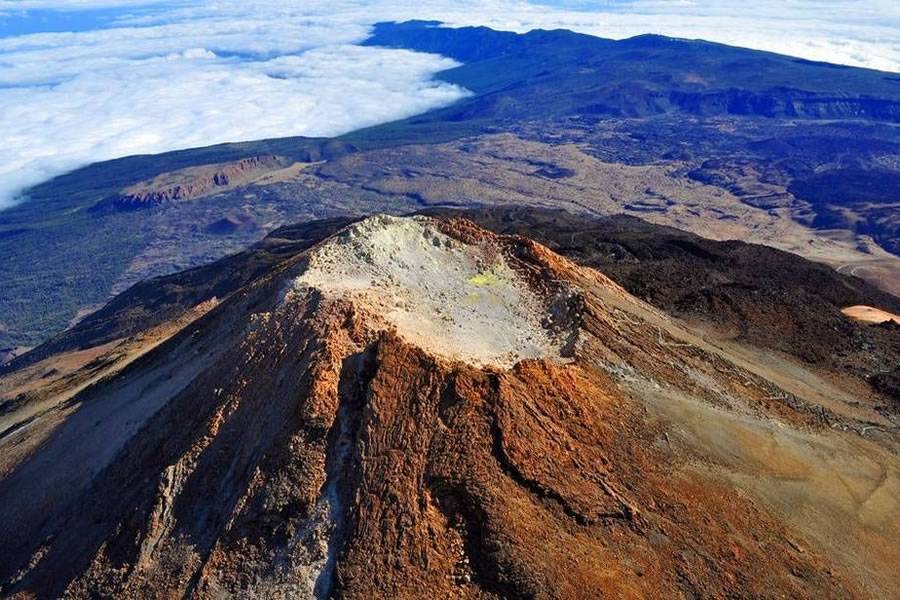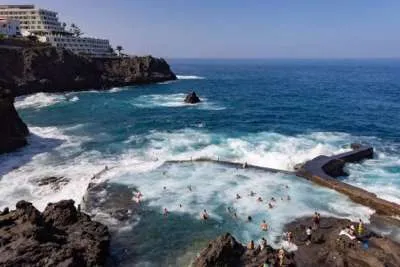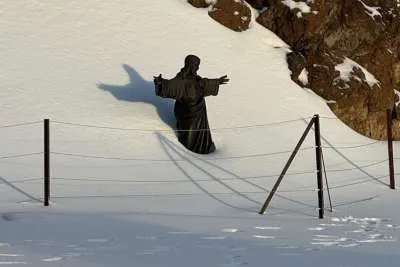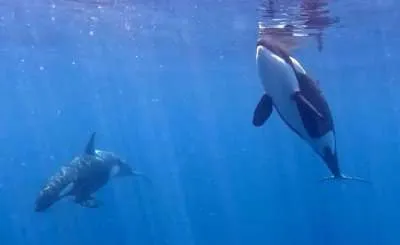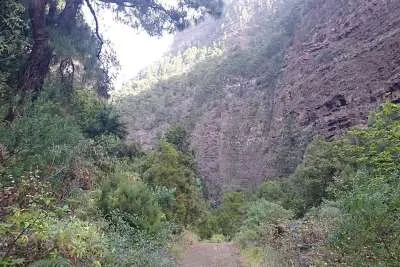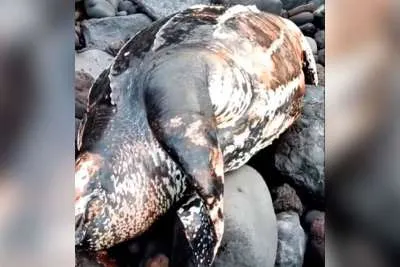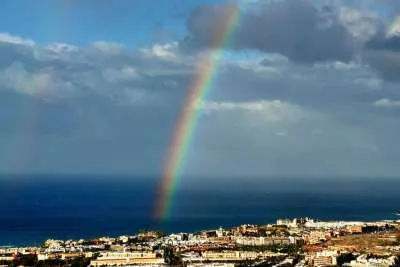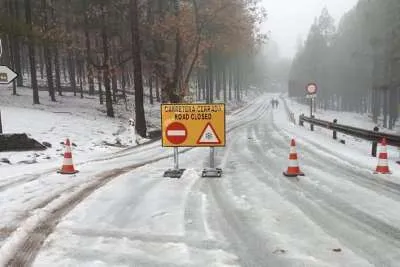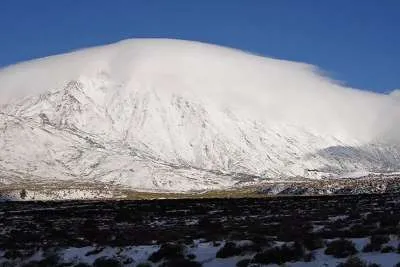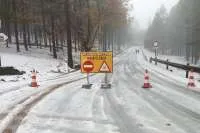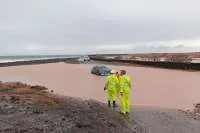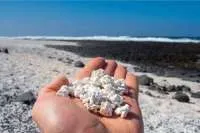New study warns of the existence of a ‘hot heart’ of magma under Mt Teide
- 23-03-2023
- Tenerife
- INVOLCAN / IGN
A new scientific study has made it possible to visualize and characterize for the first time a "hot heart" of magma under Mount Teide, located less than 10 kilometres deep from the mouth of the volcano, which could be the precursor sign to an eruptive process in the future.
The study is a collaboration between researchers from the Trofimuk Institute of Petroleum Geology and Geophysics of Novosibirsk, in Russia, the Volcanological Institute of the Canary Islands (INVOLCAN), and the University of Granada.
The research has revealed the secrets of the interior of the island of Tenerife through a new seismic tomography study that has included the analysis of the micro-seismicity registered there.
According to the researchers, the tomography clearly shows that, in the crust below the Las Cañadas caldera, the presence of small magmatic reservoirs at depths of less than five kilometres is possible. These reservoirs allow the magma to cool, changing its chemical composition towards phonolite, a potentially explosive type of magma.

These magmatic reservoirs may be the source of highly explosive eruptions such as the one that occurred at the Montaña Blanca volcano around 2,000 years ago and which was of the sub-Plinian type, explain the scientists in the report.
The results of this study, which have been published in the "Journal of Geophysical Research", one of the most prominent international scientific journals in the field of geophysics published by the American Geophysical Society, constitute an important tool for interpreting the increase in seismicity in Tenerife and the emission of carbon dioxide from the Teide crater, which Involcan have detected since the end of 2016.
They say that this activity could be related to the slow ascent of a diapir, which is a magma "bubble" at depths greater than 10 kilometres below Teide, knowledge that will be useful for more accurate predictions or forecasts of a possible eruption in Tenerife.
INCREASED SEISMIC ACTIVITY SINCE 2016:
This seismic tomography study has been possible as a result of the launch of the Canary Islands Seismic Network in 2016, managed by INVOLCAN, which currently has 19 broadband seismic stations that have allowed easier detection and location of thousands of micro-earthquakes in Tenerife.
The data, together with those previously recorded by the IGN, have made it possible to use seismic tomography to investigate the interior of the island up to a depth of 20 kilometres, and determine the speed of the seismic S waves, which are the ones more sensitive to the presence of hydrothermal fluids and magma.
Other articles that may interest you...
Trending
Most Read Articles

Featured Videos
A Vision of Elvis Tenerife Promo
- 10-05-2025
TEAs 2025 Highlights
- 17-11-2025


